Starlink – Our Internet in The Jungle

INTERNET IN THE JUNGLE
Local internet often falters during the rainy season, when storms and downpours bring down trees and trigger landslides that sever connection lines. These outages leave homes and businesses offline, sometimes for days. That’s why Starlink has surged into the Costa Ballena region—offering a resilient alternative that bypasses ground-based vulnerabilities.
Most people understand the basics of satellite internet, but Starlink’s full story reveals a bold vision. Elon Musk set out to connect even the most remote corners of the planet, and Starlink reflects that ambition. With simple hardware, low-orbit satellites, and expanding coverage, the system delivers reliable service where traditional infrastructure struggles to survive.
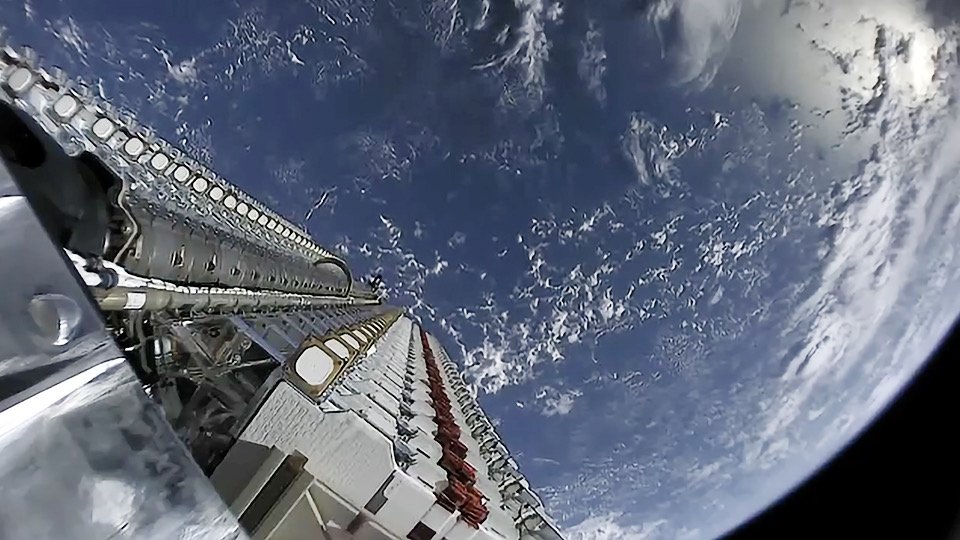
Starlink’s success hinges on two interconnected systems—one in orbit, the other on the launchpad. The second belongs to SpaceX, Elon Musk’s rocket company, which developed the Falcon 9: a reusable launcher capable of deploying up to 60 satellites at once. In one record-breaking mission, it delivered 143 satellites into space, showcasing its unmatched efficiency.
Currently, more than 6,300 Starlink satellites orbit the Earth, with another 12,000 queued for deployment. The final constellation may reach nearly 35,000 satellites, creating a dense web of coverage across the globe. Over 3 million users already rely on Starlink, and that number continues to climb as speeds improve and prices drop. If you’ve connected to Wi-Fi on a plane or cruise ship recently, chances are you’ve tapped into Starlink’s growing network.
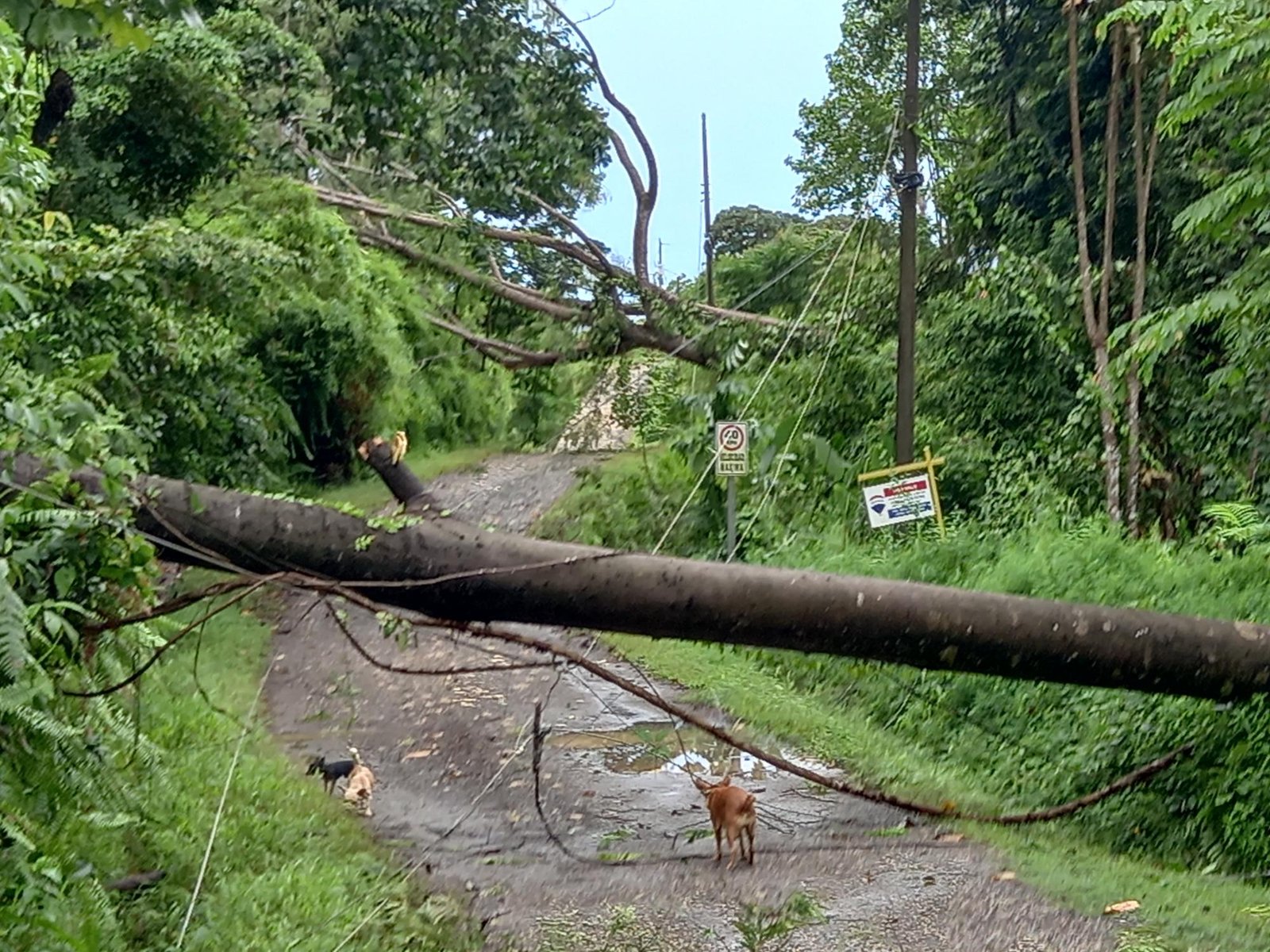
COSTA RICAN PLANS AND PRICING
Starlink charges a one-time hardware fee, along with shipping and handling, followed by monthly service payments. You won’t need to sign a long-term contract, so you can cancel anytime without facing penalties. However, this flexibility comes with a trade-off—SpaceX retains the right to adjust monthly pricing at its discretion.
Currently, the standard residential plan in most regions costs between $90 and $120 per month, and the hardware kit typically runs around $599. New users often receive a 30-day trial, and installation is designed to be simple and self-guided. While the lack of contract offers freedom, it also means prices may shift as demand, infrastructure, and satellite coverage evolve.
1- HARDWARE
There are two options when buying the hardware:
a. NEW – Brand new hardware. CRC 179,000 or $339 USD.
b. REFURBISHED – Used equipment that was thoroughly inspected and cleaned. CRC 143,200 or $271 USD.
2- SHIPPING & HANDLING
This is a one time cost of CRC 13,000 or $25 USD – it covers the delivery of the hardware. In our area it may cost you extra to arrange for home delivery if you do not wish to pick up the package at a central location.
3- MONTHLY SERVICE FEE
The monthly fee depends on the plan chosen. Three general plans are listed below, these are for personal use. Business plans exist as well but are not in scope of this article. There are a few variations to pricing based on whether you choose to add extra features, but the base options are as follows:
- RESIDENTIAL – Unlimited high-speed internet for household use. Monthly charge of CRC 23,000 or $44 USD.
- ‘ITINERANT’ or ROAM – Unlimited roaming service on land, for use by digital nomads, RV enthusiasts, or travelers. Allows you to take your hardware with you and access services anywhere you go. Monthly charge of CRC 51,600 or $98 USD.
- BOATS – For use on watercraft in territorial or open waters. For this plan it is recommended that specialized hardware is purchased – the cost of this specialized hardware is CRC 1,530,000 or $2,900 USD. There are a few base pricing options:
- Monthly charge of CRC 153,000 or $290 USD for 50Gb of data.
- Monthly charge of CRC 612,000 or $1,160 USD for 1Tb of data.
- Monthly charge of CRC 3,059,000 or $5,800 USD for 5Tb of data.
Costa Rican Starlink service plan information and pricing can be accessed via the Starlink Costa Rica website HERE.
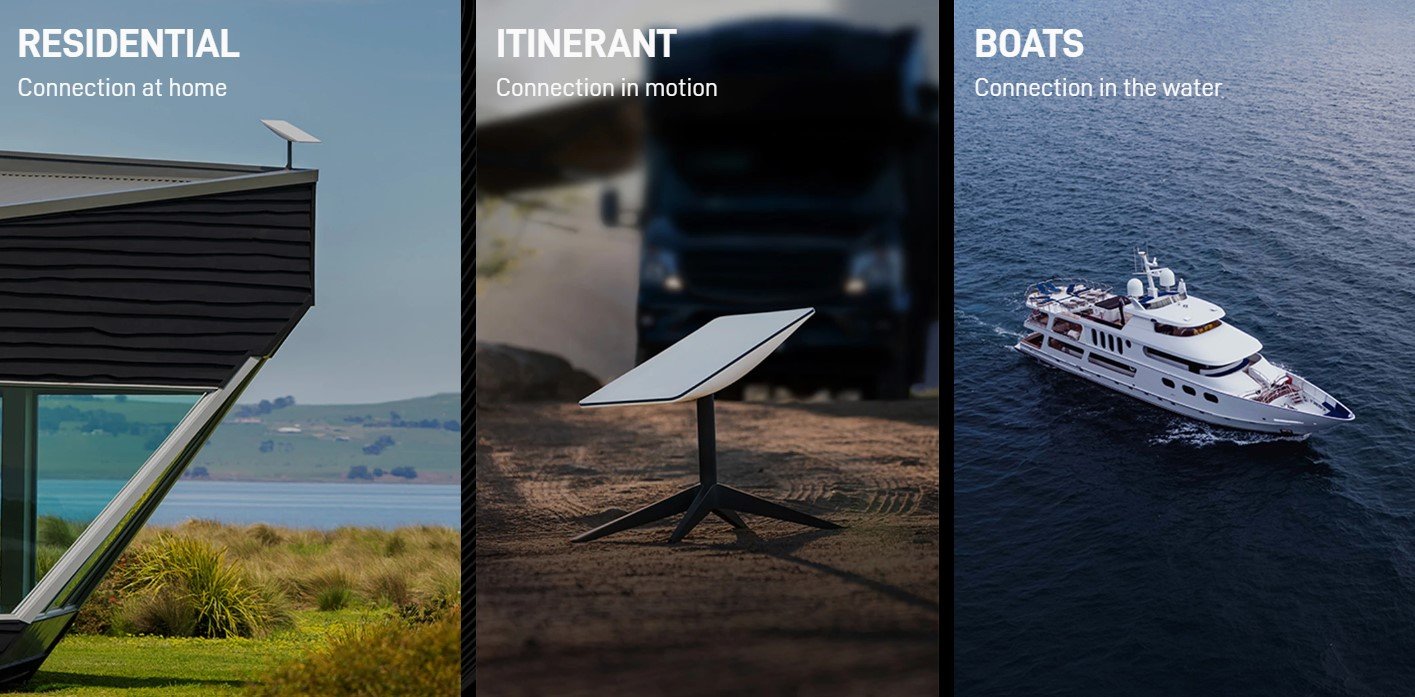
DELIVERY TO COSTA BALLENA
Many local residents pick up their Starlink hardware at the Uvita Information Centre, located next to the TRACOPA bus terminal in Uvita. The delivery address can be accessed HERE. The Uvita Information Centre is happy to advertise their Starlink service and researching this option may be a good start to arranging your hardware delivery.
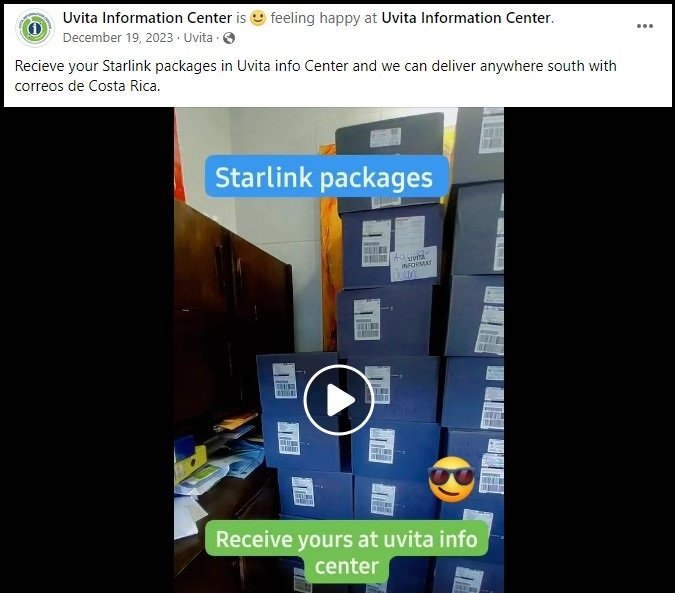
INSTALLATION AND SETUP
Installation of the antenna will depend on your situation – if you are in the open with a clear view of the sky it will be quick. If your sky is covered by trees, buildings, or other obstructions, it may take a bit longer. Starlink provides an App which will help you to find a good piece of sky. Connecting the system is very simple and hassle-free.

Alex, our local tree doctor, specializes at installing Starlink antennas – in the photo below he is scaling a very tall tree to complete a job for a local costumer, whose system will have a near perfect view of the sky! To get in touch with Alex, check the information in the article we wrote about him recently – HERE.

THE WORKHORSE FALCON 9 ROCKET
Without the Falcon 9, there would be no Starlink. SpaceX has revolutionized and taken over commercial space delivery services, and Falcon 9 is a major part of the story – in fact SpaceX is now responsible for nearly 90% of all the mass launched into space! This rocket can deliver 60 Starlink satellites at one time and is very cheap to operate. Its secret is that the booster is not sacrificed as is the case with all other rockets – rather, it comes back to Earth and lands upright, ready for reuse and thus saving a tremendous amount of money (the payload fairings also glide down to earth to be captured and reused).
So Falcon 9’s cost to deliver 1kg into Low Earth Orbit is half the cost of its nearest competitors. The rocket also has an unheard-of safety record of nearly 100% – with only 2 total launch failures in over 350 launches – so no wonder it has taken over the industry!
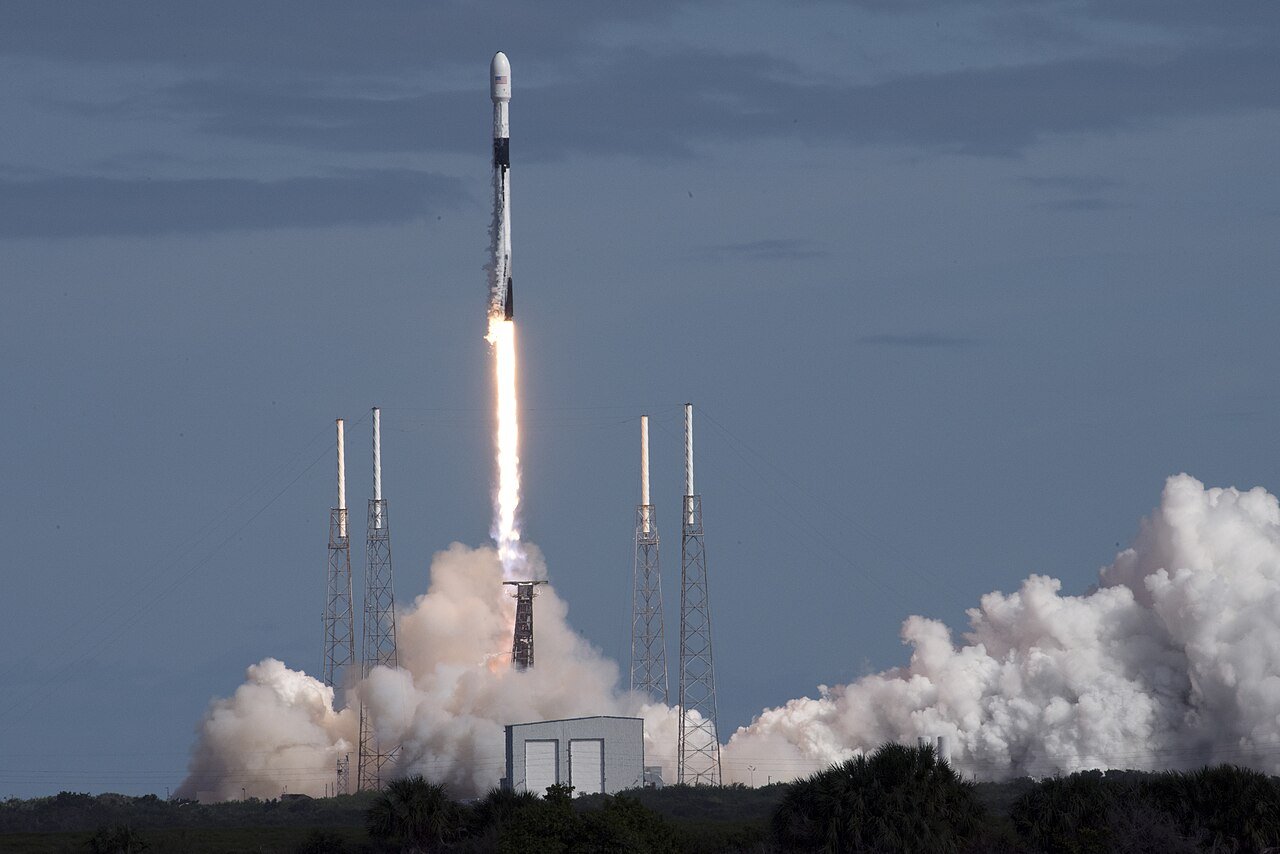
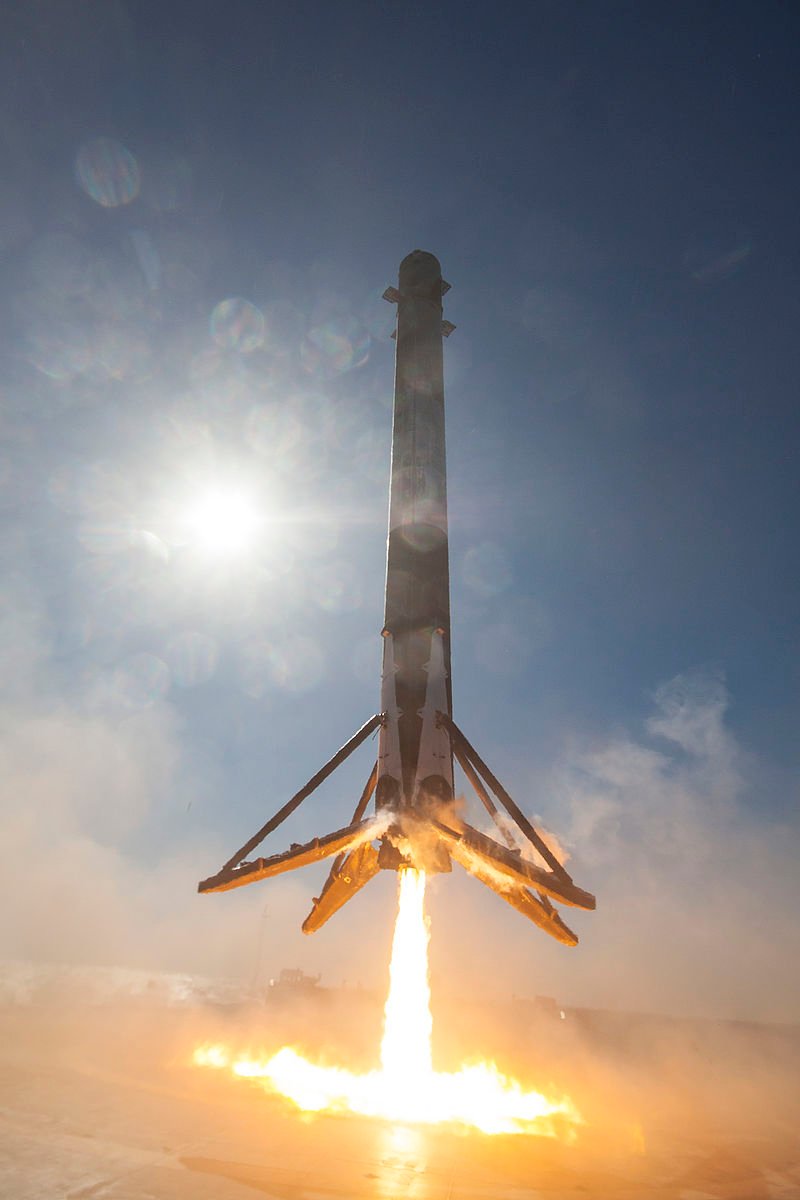

THE STARLINK CONSTELLATION
Starlink’s constellation of over 6,300 satellites—soon to be joined by thousands more—is designed to orbit just 600 kilometers above Earth, a stark contrast to traditional internet satellites positioned at 35,000 kilometers. The reason for this low altitude is simple: latency. Signals traveling to and from geostationary satellites must cover vast distances twice, introducing delays that make real-time communication nearly impossible.
At 600 kilometers, Starlink satellites dramatically reduce this delay, enabling smooth Zoom calls, HD streaming, and responsive online gaming. The dense network of satellites also ensures that user terminals can connect with satellites directly overhead, rather than relying on distant ones near the horizon. This proximity further minimizes latency and boosts connection stability.
Supporting this system are more than 150 ground stations scattered across the globe, with additional sites under development. These stations act as gateways, linking the satellite network to terrestrial internet infrastructure. They receive data from orbit, route it through fiber-optic backbones, and send it back to users—all in milliseconds. As the constellation grows, so too does the ground network, ensuring that Starlink remains fast, scalable, and globally accessible.
SATELLITES ONLY LIVE FOR 5 YEARS?
Exactly—Starlink satellites orbit at around 600 kilometers above Earth, where traces of atmospheric drag gradually slow them down. Over time, this drag reduces their altitude, and when a satellite reaches the end of its operational life, SpaceX guides it into a controlled descent. The goal is to ensure it re-enters safely and burns up completely in the atmosphere, leaving no debris behind.
To minimize risk, SpaceX targets a remote region of the Pacific Ocean known as Point Nemo—the so-called spacecraft cemetery. This spot, located roughly between New Zealand and Chile, is the farthest point from any landmass, making it ideal for disposing of deorbited satellites. As of early 2024, nearly 500 Starlink satellites have been retired in this way. The practice reflects a growing commitment to orbital sustainability, especially as satellite constellations expand and the need for responsible end-of-life planning becomes more urgent.
YES, STARLINK IS CREATING SOME PROBLEMS AND ISSUES
LIGHT AND RADIO POLLUTION
Light pollution caused by Starlink satellites has stirred considerable concern, especially among astronomers and nature enthusiasts. These satellites shine brightly until they slip into Earth’s shadow, vanishing from view—but not before disrupting long-exposure astrophotography. Their reflective surfaces can leave streaks across telescope images, while their radio emissions interfere with sensitive radio observations, even when they’re no longer visible.
Astronomers currently track satellite paths and plan their observations around them, but with thousands already in orbit and many more planned, this workaround is becoming unsustainable. In response, SpaceX has introduced darker satellites equipped with sunshades to reduce reflectivity. These newer models are significantly dimmer than earlier versions, yet the problem hasn’t disappeared.
Beyond the scientific impact, many nature lovers lament the loss of pristine night skies. Remote sunsets, once untouched by human presence, now unfold beneath a sky dotted with artificial movement. The sense of solitude and connection to the cosmos is harder to find, and the debate over how much infrastructure the sky can bear continues to evolve.
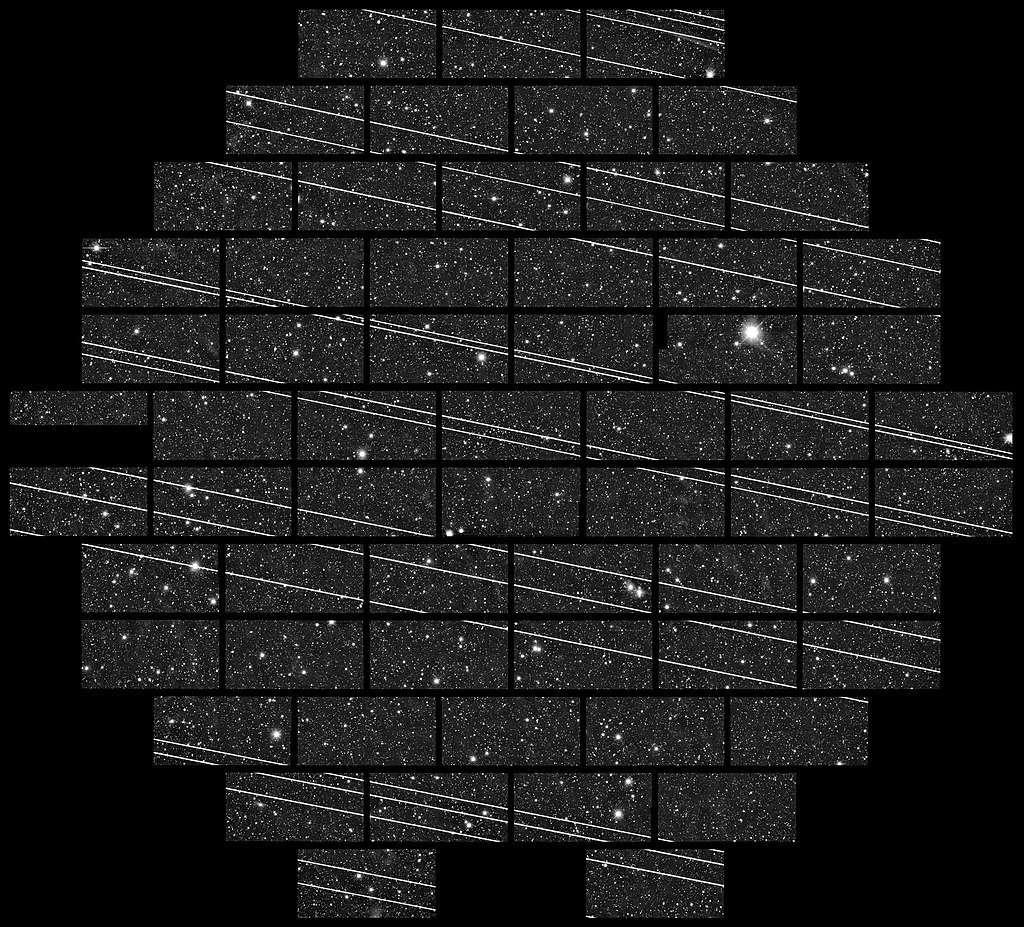

RISK OF SATELLITE COLLISIONS
With thousands of satellites packed into low Earth orbit, the risk of collision is more than theoretical—it’s a growing concern. Unlike higher orbits, the space available at lower altitudes is limited, and the sheer density of objects increases the chance of impact. In the worst-case scenario, a single collision could trigger a chain reaction: debris from one impact strikes another satellite, which then creates more debris, leading to further collisions. This cascading effect, known as Kessler Syndrome, could render low Earth orbit unusable for years. Though the debris would eventually burn up in the atmosphere—typically within five years—the damage to global satellite infrastructure and space access would be profound.
SpaceX is actively working to prevent such outcomes. Each Starlink satellite is tracked alongside nearby debris and other spacecraft, and collision avoidance is a routine part of operations. On average, a Starlink satellite performs three avoidance maneuvers during its five-year lifespan, with the entire constellation having executed over 7,000 maneuvers to date. Notably, SpaceX sets a higher safety threshold than the industry standard: while most operators act when the chance of collision reaches 1 in 10,000, SpaceX initiates maneuvers at just 1 in 100,000. Each satellite is capable of performing up to 350 such maneuvers, reflecting a serious commitment to orbital safety and long-term sustainability.
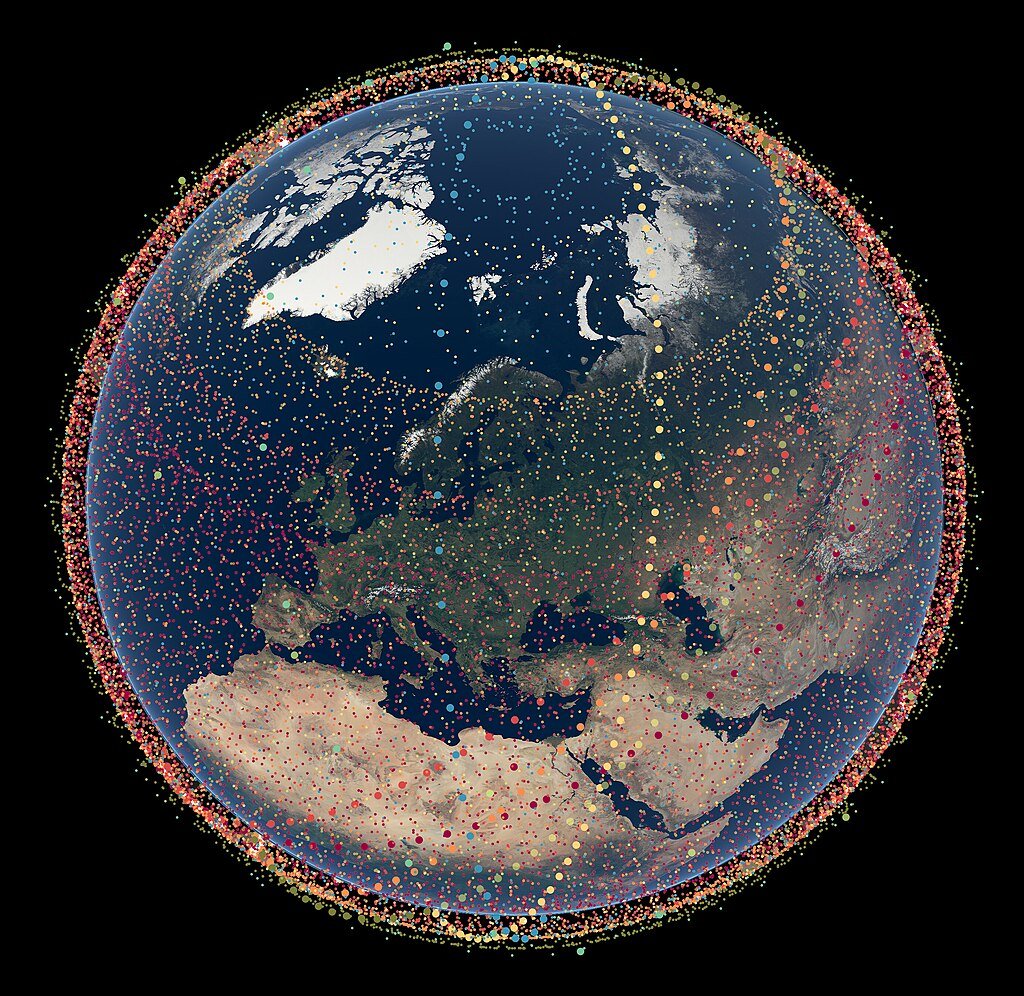
AN ALTERNATIVE WORTHY OF CONSIDERATION
Starlink offers a dependable and affordable internet solution, with expectations of improved performance and lower costs as satellite coverage expands and user adoption grows. SpaceX’s Falcon 9 launches continue to drop in price, and older satellites are regularly swapped out for newer, more capable models. The ordering process is straightforward, and setup is designed for ease—just plug in the hardware and point it toward the sky.
For residents and visitors in Costa Ballena, this service provides a practical answer to connectivity challenges in remote or mountainous areas. As more satellites come online and infrastructure scales, Starlink is poised to deliver even better speeds and reliability. We hope this overview has clarified the essentials and helped you feel confident about integrating Starlink into your daily life here in this stunning coastal region.

All above information valid as of 27 July 2024.
While we are surrounded by jungle-covered mountains, untouched Pacific beaches, and wild jungle animals that make Costa Rica famous, our area is also full of modern-day conveniences…or so we think! When the green season storms roll over and cut our internet signals, it is good to know that now we have other options! Thanks to modern day technology, you can live here and stay connected. RE/MAX WE SELL PARADISE is your trusted real estate partner – browse our database of hundreds of local properties available for purchase TODAY, knowing that the tropical weather can no longer dictate whether you can work, browse the net, or chat with your friends around the world.



